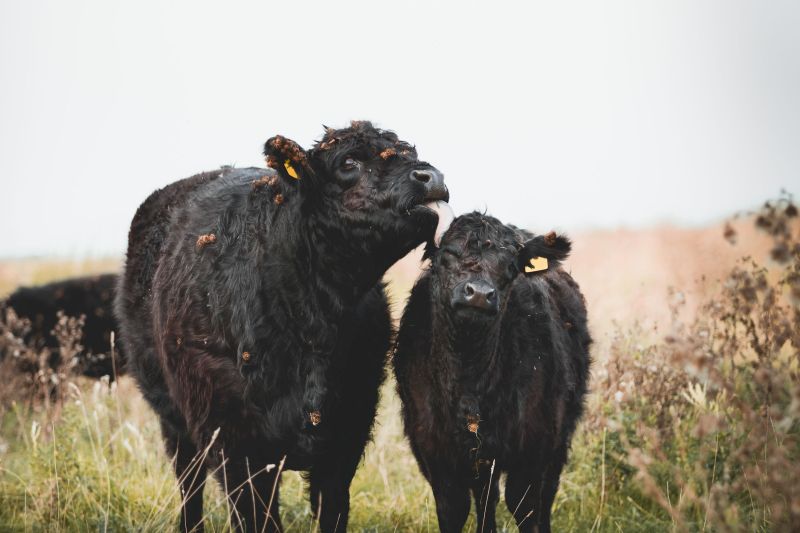
Adopting 'herd basis' may be advantageous for livestock farmers for tax purposes, according to accountancy firm Saffery Champness.
Factors including Brexit and the Covid-19 crisis have brought unprecedented levels of uncertainty to farming and what the future holds.
Despite this, for farmers who have recently acquired a production herd, adopting the herd basis of accounting for tax purposes could be advantageous.
Saffery Champness says that under UK tax law, a farmer can adopt the herd basis, whether operating as a sole trader, in partnership, or trading through a limited company.
Under the herd basis, rather than recognising animals as trading stock, the herd is capitalised as a tangible fixed asset for tax purposes.
To be eligible, the herd must be a production unit – i.e. kept for the products it produces so long as they do not involve slaughter of the animals.
That would include a dairy herd, laying hens, sheep kept for fleece production and thoroughbred animals kept for breeding.
The offspring of an animal is also considered a product for these purposes, where the animals are kept specifically for breeding, and a single animal or bird can also be a ‘herd’ for this purpose.
There are exclusions, Saffery Champness notes, including working animals, animals kept for racing or public exhibition, ‘flying flocks’ (kept for resale potential), immature animals and animals kept for fattening and slaughter.
Stock in a qualifying herd must all be of the same species, but not necessarily the same breed, the firm adds.
The main advantage of the herd basis, is that any profit/loss on a disposal of the herd, or a significant number (>20%) of the animals from the herd, is not taxable.
The herd basis can therefore be used as an effective, longer-term tax planning tool. Herd maintenance costs are, however, tax deductible.
A herd basis election must be made in writing to HMRC for a given herd producing a specific product, Saffery Champness explains.
That election must be made within two years of the end of the accounting period in which the herd is first kept for a company, or, for income tax payers, by 31 January falling two years after the end of tax year in which the herd is first kept.
A further year is allowed if the year in which the herd is first kept is also the year in which farming activities first began. The election cannot be reversed once it has been made.
Saffery Champness says the accounting will be more complex, and much more detailed records need to be kept, where the herd basis has been adopted.
Martyn Dobinson, partner at Saffery Champness, says it is important to remember that such an election will mean that the accounting and tax treatment of the animals will be different.
“Operation of the production herd under the herd basis is more complex, particularly around adding animals to, removing animals from and replacing animals in the herd," he says.
“Also, the greater the difference between the initial cost of the herd and its ultimate value on disposal, then clearly, the bigger the potential tax advantage to be had by adopting the herd basis.
“The bigger the herd, the bigger the implication and the more important it is to get the decision correct.
“For example, if a farmer is approaching retirement or considering cessation of the trade in which an eligible herd is used then, if the herd basis is adopted, he/she can dispose of the herd and make a tax-free profit."
